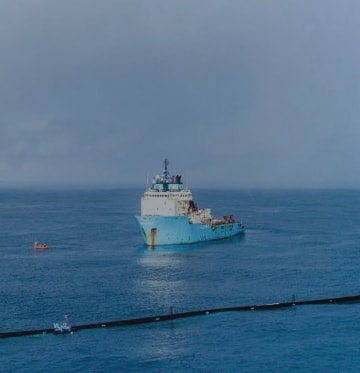Explore the objects nobody wants

The Ocean Cleanup is a non-profit organization that develops and uses advanced technologies to remove plastic garbage from the oceans.
Join the cause and contribute to the NGO.
Join the cause and contribute to the NGO.
Find out more about The Ocean Cleanup
